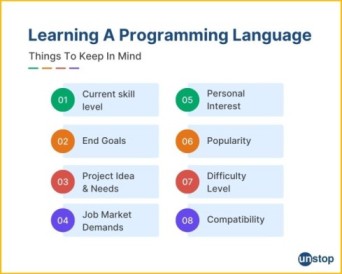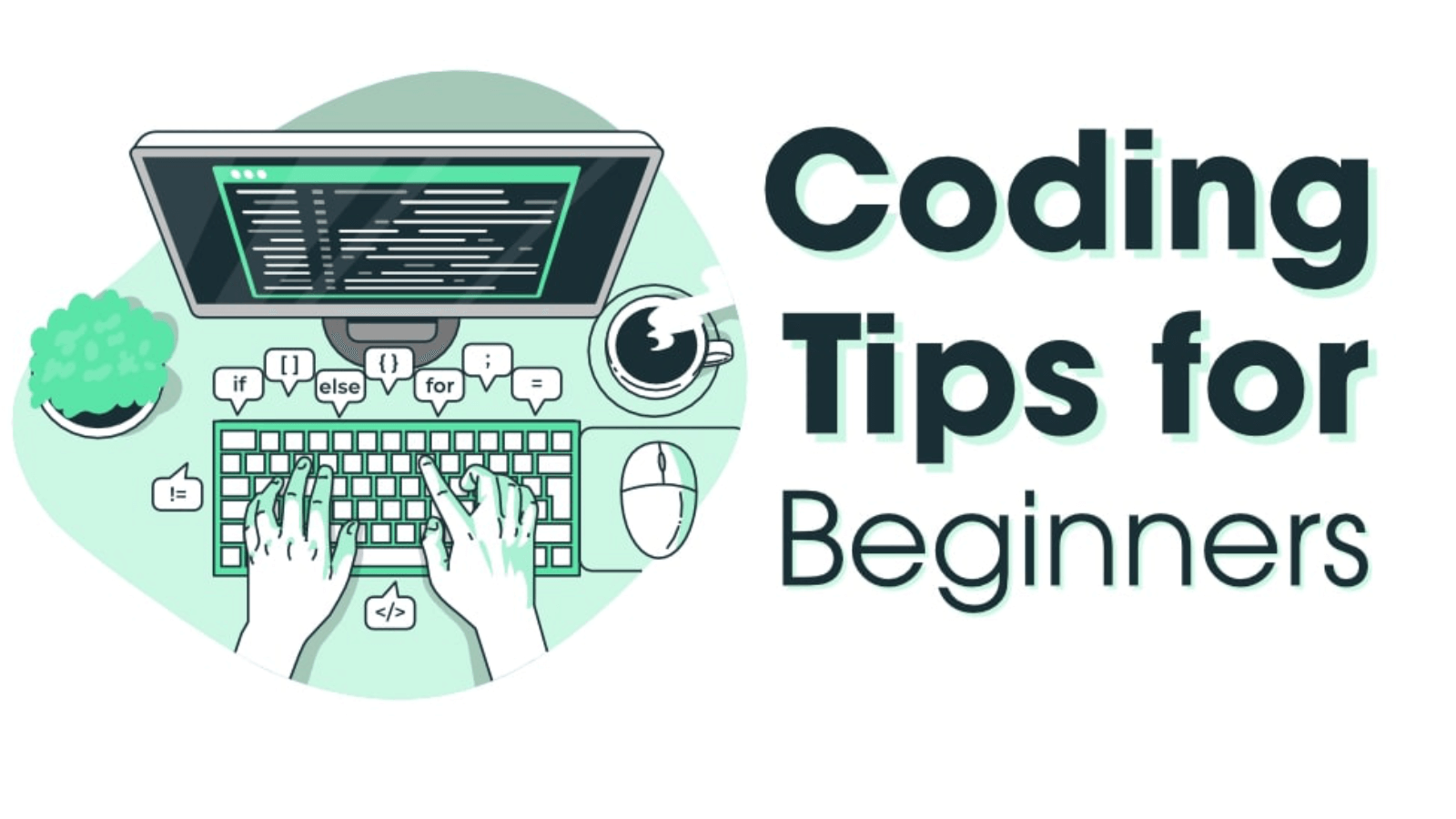Programming languages are essential tools for software development, enabling programmers to communicate instructions to computers. They provide a set of rules and syntax for writing code, allowing developers to create applications, algorithms, and systems that solve problems or perform tasks. This article explores the fundamentals of programming languages, their types, and their significance in the world of technology.
What is a Programming Language?
A programming language is a formal set of instructions that can be used to produce various kinds of output, including software applications, algorithms, and data processing. Programming languages consist of syntax (rules for structure) and semantics (meaning of the code) that enable developers to write code that a computer can interpret and execute.
Types of Programming Languages
Programming languages can be classified into several categories based on their level of abstraction, purpose, and usage. Here are some common types:
1. High-Level Programming Languages
- Description: High-level languages are designed to be easy for humans to read and write. They abstract away much of the complexity of computer hardware, allowing developers to focus on solving problems rather than managing hardware details.
- Examples:
- Python: Known for its readability and simplicity, Python is widely used in web development, data analysis, artificial intelligence, and automation.
- Java: A versatile language used for building platform-independent applications, mobile apps (Android), and large-scale enterprise solutions.
- JavaScript: Primarily used for creating interactive web pages and front-end development, but also used on the server-side with frameworks like Node.js.
2. Low-Level Programming Languages
- Description: Low-level languages provide little abstraction from a computer’s hardware. They are more challenging to read and write but allow for greater control over hardware resources.
- Examples:
- Assembly Language: A low-level language that corresponds closely to machine code, allowing developers to write instructions that the CPU can execute directly.
- C: Often considered a middle-level language, C provides low-level access to memory while maintaining some high-level features. It is widely used in system programming, embedded systems, and application development.
3. Domain-Specific Languages (DSL)
- Description: DSLs are designed for a specific domain or task, providing specialized syntax and features that cater to particular needs.
- Examples:
- SQL (Structured Query Language): Used for managing and querying relational databases.
- HTML (Hypertext Markup Language): A markup language used for creating and structuring content on the web.
4. Scripting Languages
- Description: Scripting languages are designed for automating tasks and controlling applications. They are often interpreted rather than compiled, allowing for rapid development and testing.
- Examples:
- Bash: A command-line interpreter for Unix-based systems, used for writing shell scripts to automate system tasks.
- PHP: A server-side scripting language widely used for web development, enabling the creation of dynamic web pages.
Components of Programming Languages
Programming languages typically consist of several key components:
1. Syntax
- Description: The syntax of a programming language defines the rules for writing valid code, including how statements, expressions, and commands are structured.
- Example: In Python, indentation is used to define code blocks, while in Java, braces
{}are used.
2. Semantics
- Description: Semantics refers to the meaning of the code written in a programming language. It dictates how the code is executed and how data is manipulated.
- Example: The semantics of an assignment statement specifies that the value on the right side is stored in the variable on the left side.
3. Data Types
- Description: Data types define the kind of data that can be stored and manipulated in a programming language. Common data types include integers, floats, strings, and booleans.
- Example: In Python, you can declare a variable as an integer with
x = 5or a string withname = "Alice".
4. Control Structures
- Description: Control structures dictate the flow of execution in a program. They include conditional statements (e.g.,
if,else) and loops (e.g.,for,while). - Example: An
ifstatement checks a condition, and if true, executes a block of code.
5. Functions and Procedures
- Description: Functions and procedures are blocks of code that perform specific tasks. They allow for code reusability and organization.
- Example: In JavaScript, a function can be defined as
function greet() { console.log("Hello!"); }.

Importance of Programming Languages
Understanding programming languages is crucial for several reasons:
- Problem-Solving: Programming languages provide the tools needed to develop algorithms and solutions to complex problems, enabling innovation in technology.
- Software Development: They are essential for building software applications that power modern devices and services, from mobile apps to web applications and enterprise systems.
- Career Opportunities: Proficiency in programming languages opens up numerous career opportunities in fields such as software development, data science, artificial intelligence, and cybersecurity.
- Technology Advancement: Programming languages drive technological advancements by enabling the development of new tools, frameworks, and systems that improve efficiency and productivity.
Conclusion
Programming languages are fundamental to the field of computer science and technology, serving as the means by which developers create software and applications that impact our daily lives. By understanding the various types, components, and significance of programming languages, individuals can equip themselves with the skills needed to thrive in the ever-evolving tech landscape. As technology continues to advance, the importance of programming languages will only grow, shaping the future of innovation and problem-solving.















Great overview on programming languages! I appreciate how the article breaks down the different types clearly and with good examples. I noticed JavaScript is highlighted here, which is also discussed in depth at https://sebbie.pl/tag/javascript/. This might be useful for anyone diving deeper into web development trends and practices. Keeps things engaging! Did you plan to cover more niche languages like Rust or Kotlin next? Thanks!